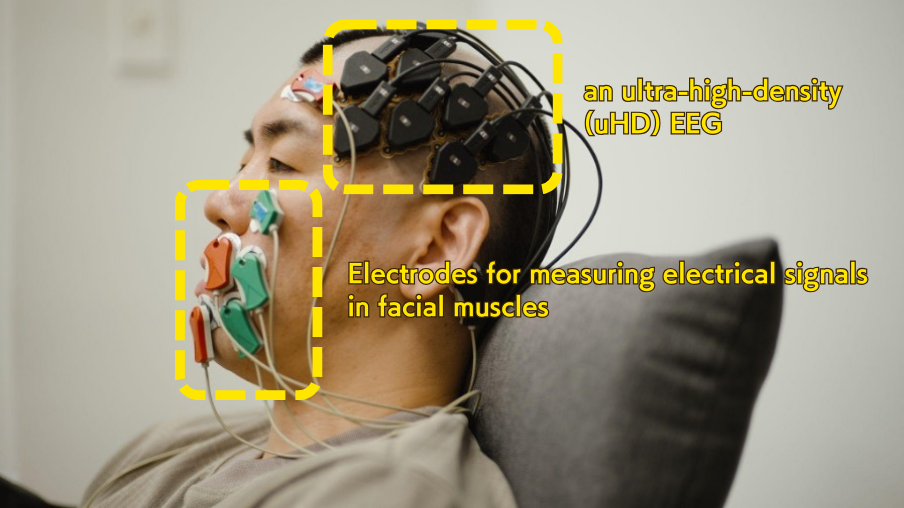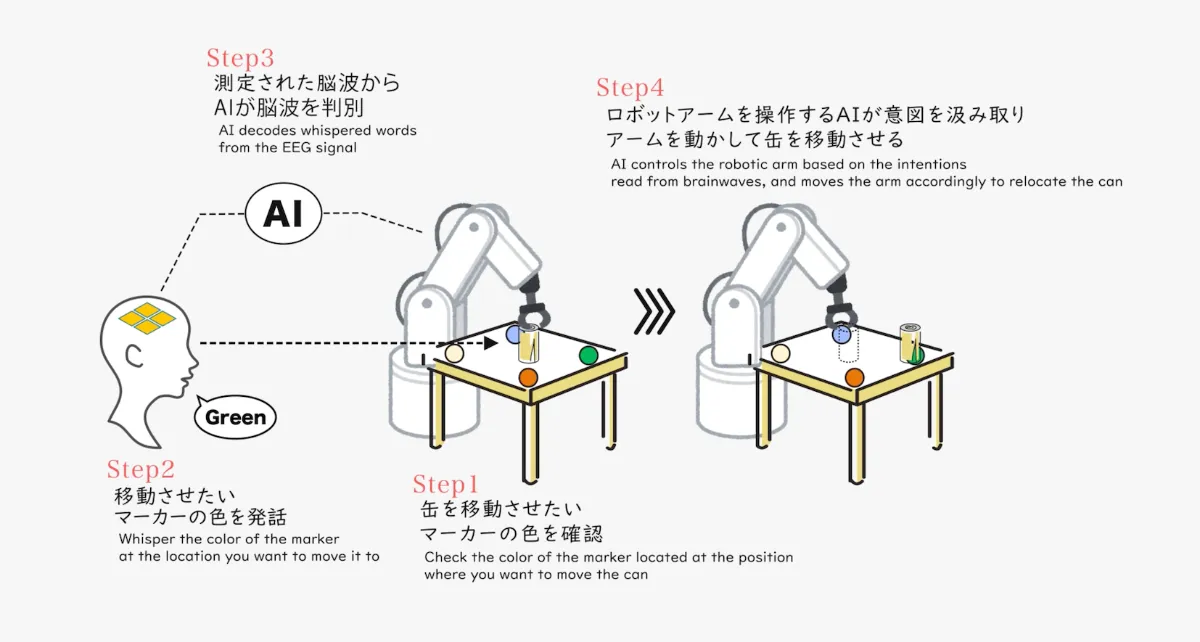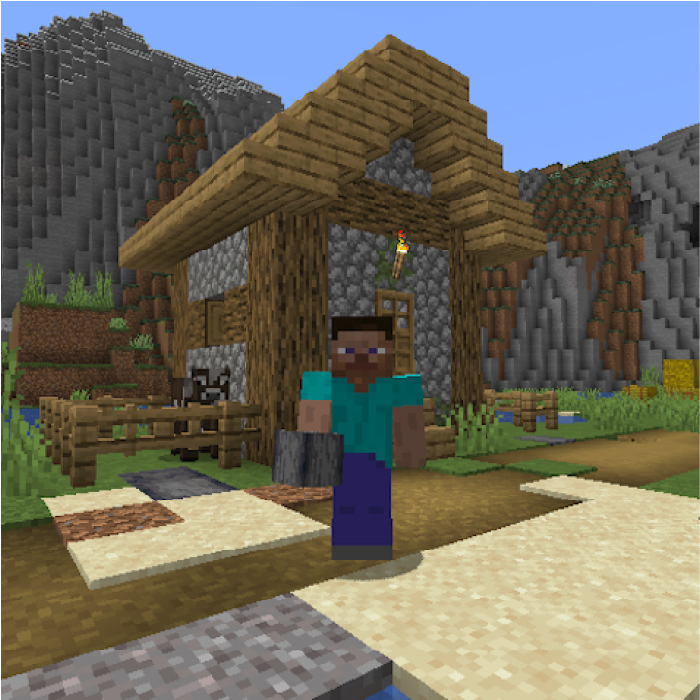Members
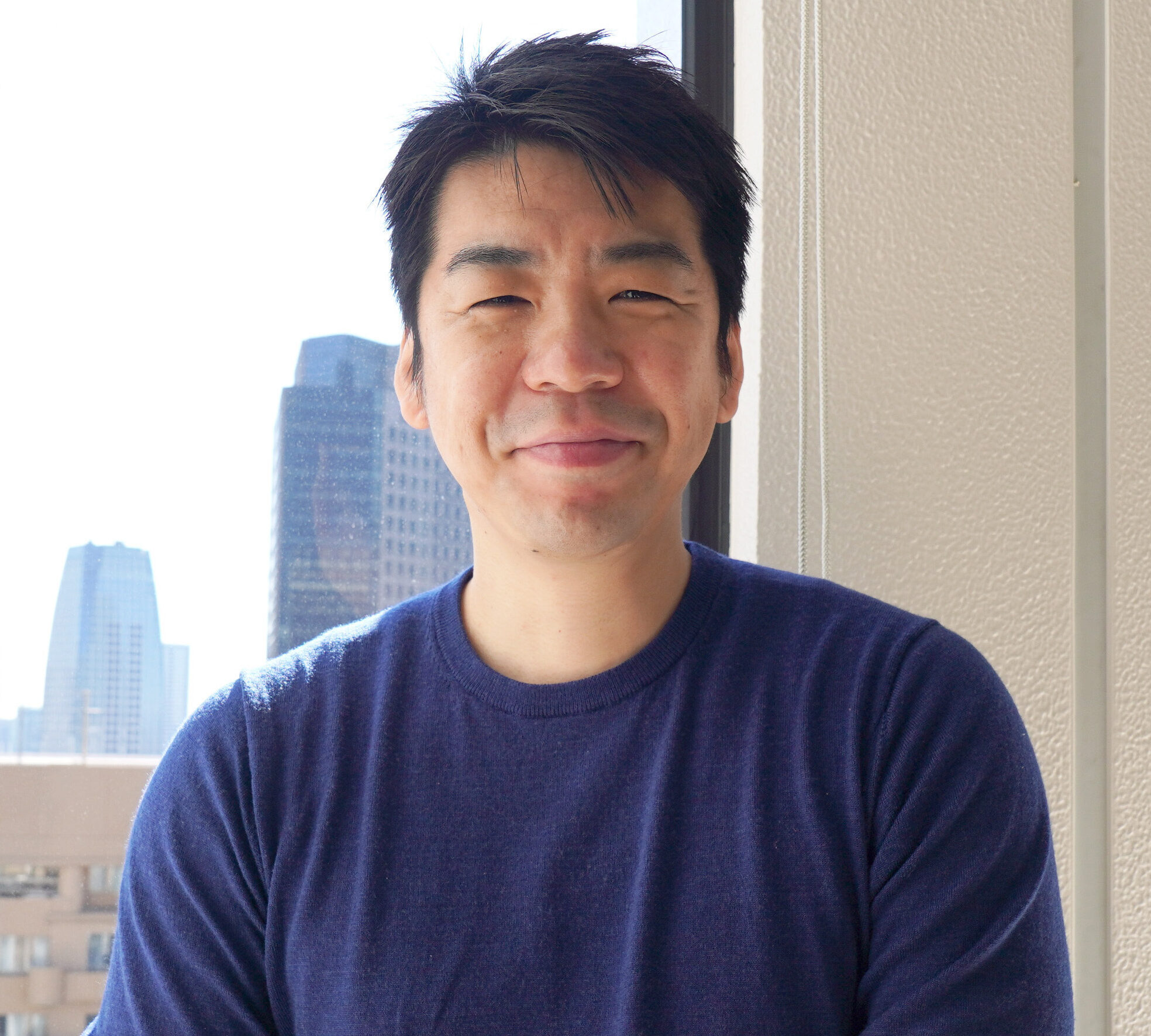
Shuntaro Sasai, Ph.D.
Chief Research Officer
After graduating from the College of Arts and Sciences at the University of Tokyo in 2008, he received his Ph.D. in the Graduate School of Education at the University of Tokyo in 2013. Since 2013, he is a member of the Center for Sleep and Consciousness at the University of Wisconsin at Madison. His research interests are in understanding the brain-consciousness relationship and developing brain-machine interface techniques enabling cross-brain communications. Currently, he focuses on modeling the brain’s wiring architectures supporting conscious experience and cognitive functions.
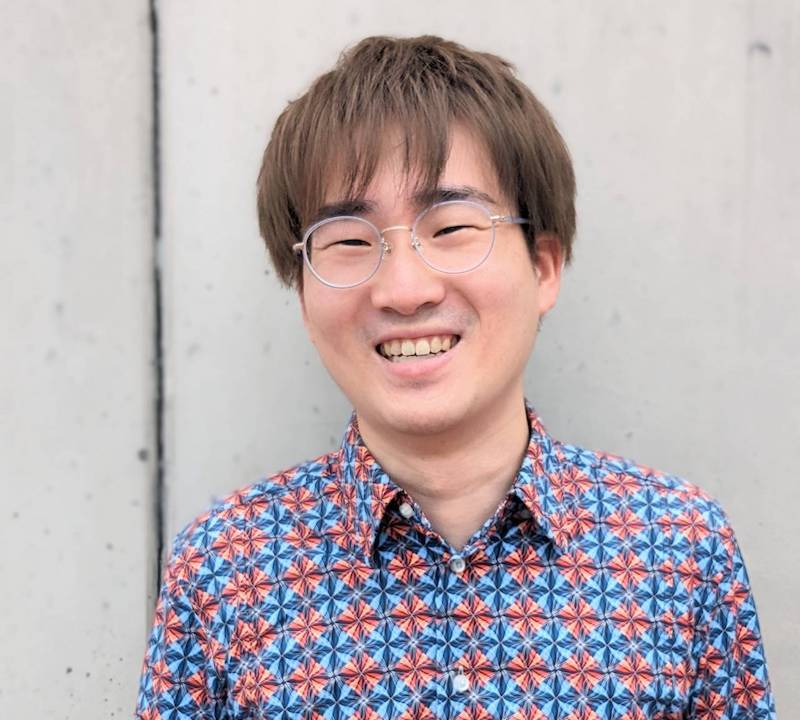
Masakazu Inoue
Chief Researcher
Masakazu is a Chief Researcher at Araya.
He received his Master’s Degree in Information Science and Technology at the University of Tokyo and joined Araya in 2019. He worked on various projects as a machine learning engineer, focusing on image recognition and edge AI. In 2023, he moved to the R&D department to work on BMI research. He is a PhD candidate at the University of Tokyo.

Sensho Nobe
Senior Researcher
Sensho received his Master’s Degree in Neurobiology from the University of Tokyo in 2021. After a year as a Ph.D. student there / intern student at Araya, he officially joined Araya as a Researcher & Product Development Staff in 2022. His main research interests are: 1. developing neurotech products such as BCI using non-invasive neural recordings and machine learning, 2. exploring sources of human intelligence / consciousness using differential neural models.

Motoshige Sato
Senior Researcher
While attending graduate school at the University of Tokyo, Motoshige interned at Araya . After he received Ph.D (Pharmaceutical Sciences) in 2023, he joined Araya as a senior researcher. He is working on brain decoding and brain-machine interface (BMI) using deep learning, aiming to increase human degree of freedom and augment abilities.
Google Scholar
HP: https://motoshigesato.encoder.jp/
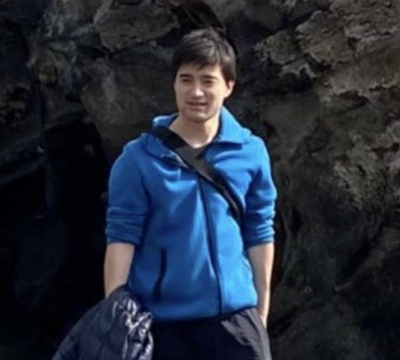
Kenichi Tomeoka
Researcher
He is a master's degree student at the Graduate School of Arts and Sciences, the University of Tokyo. He has started his career in Neuroscience/Neurotech fascinated by the question of how consciousness is generated in the brain. Currently, he is working on the research and development of Brain-Machine Interface (BMI), dreaming of solving human difficulties and creating new possibilities using the cutting-edge technology.
